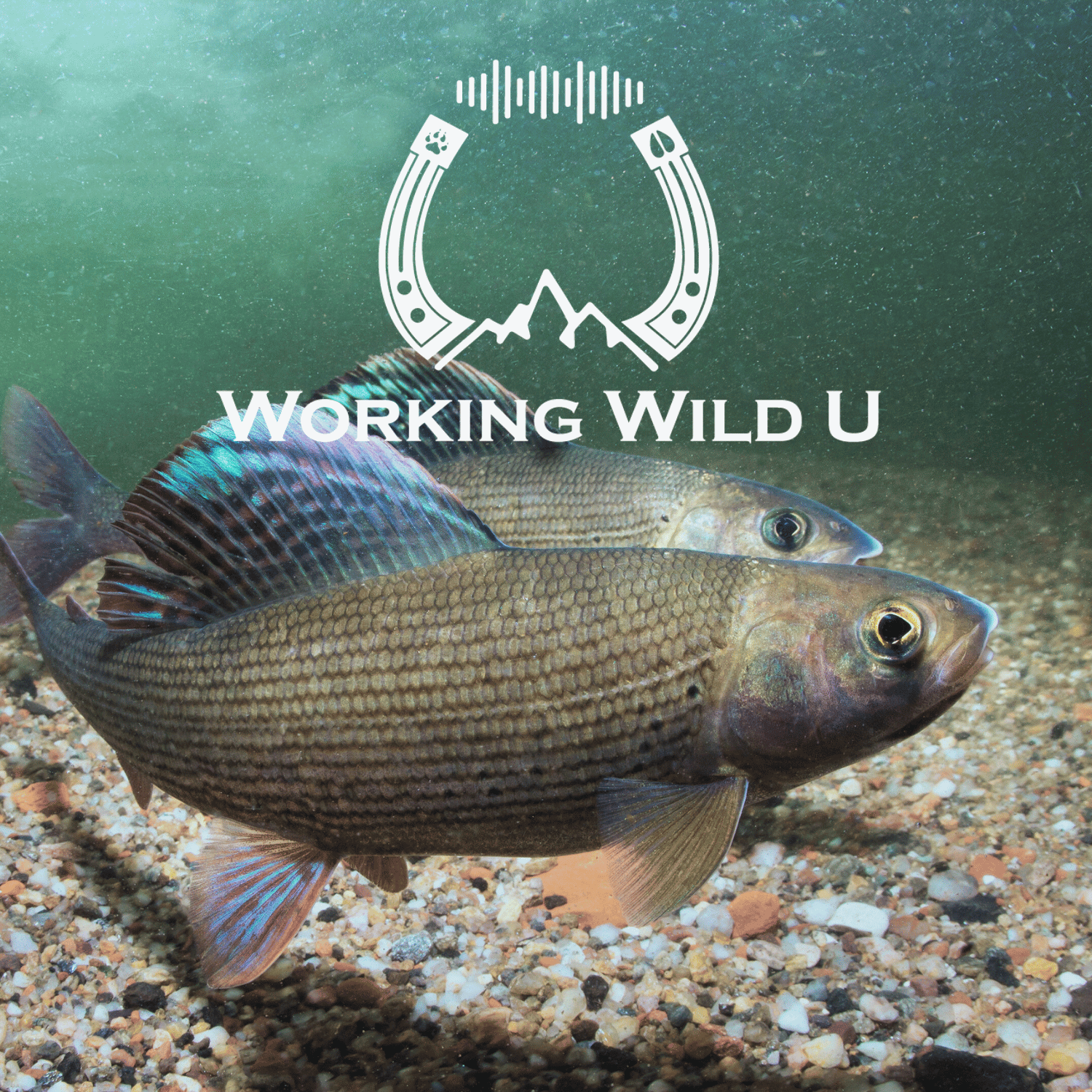Jan 09 2024 36 mins 10
When a section of the Big Hole River in southwest Montana ran dry in 1988, all eyes were on the future of one of the last remaining populations of arctic grayling in the lower 48.
Out of the struggle, a collaboration emerged that change the future of the Big Hole - a future where human communities, wildlife and the ecosystems they depend on can thrive. And it might even serve as a model for how we can conserve species that are headed for the brink.
Complete show notes are available at workingwild.us.
